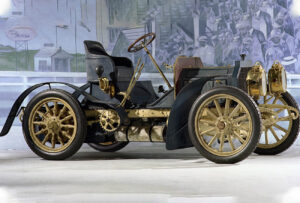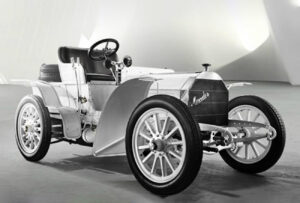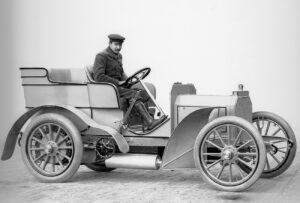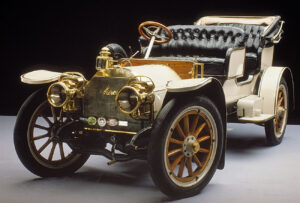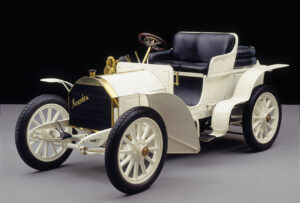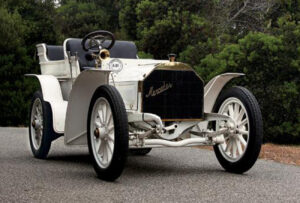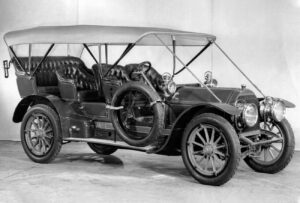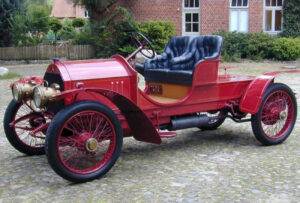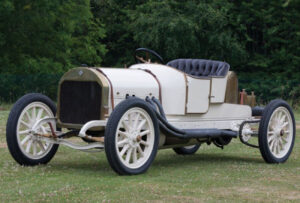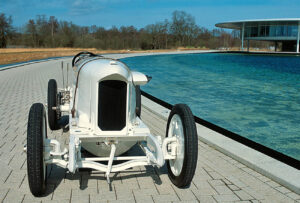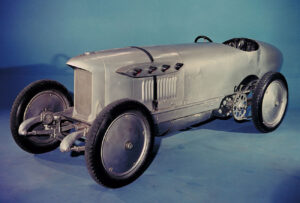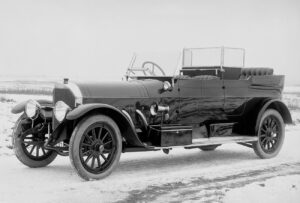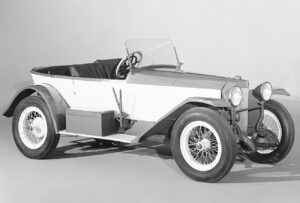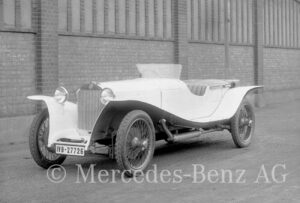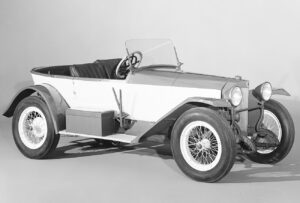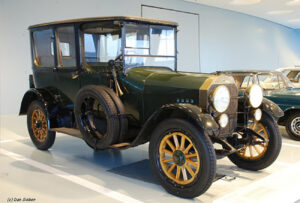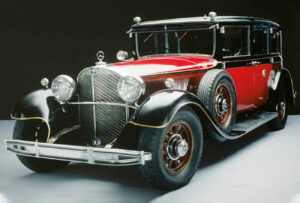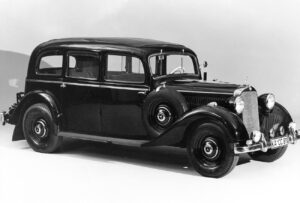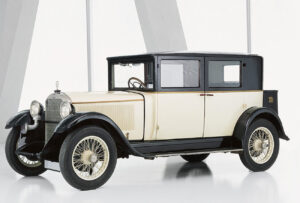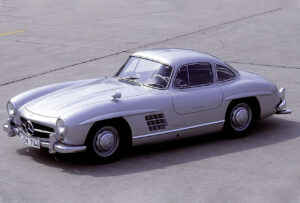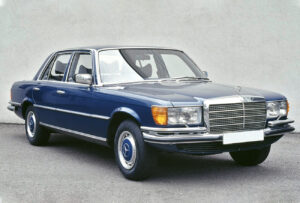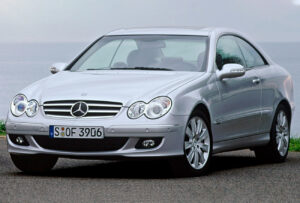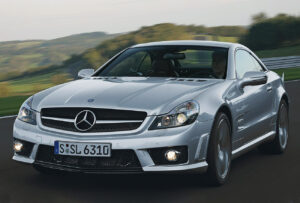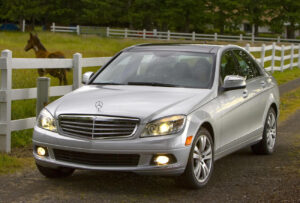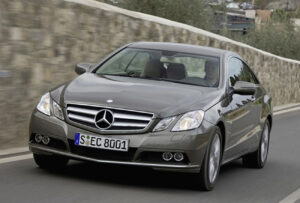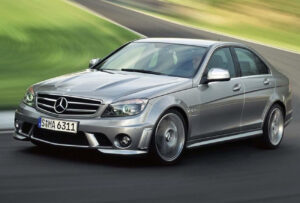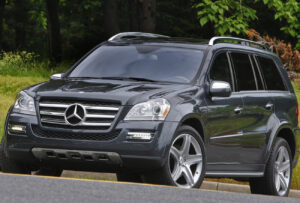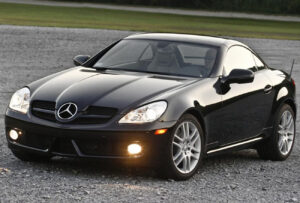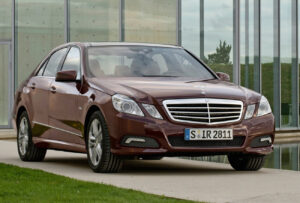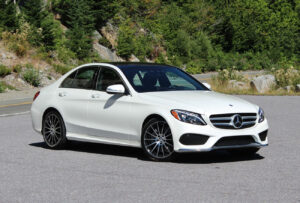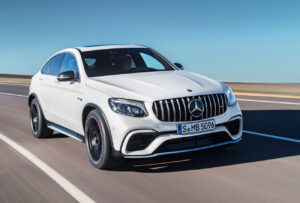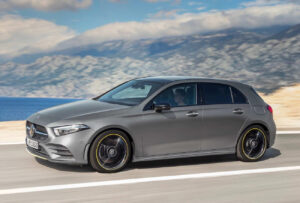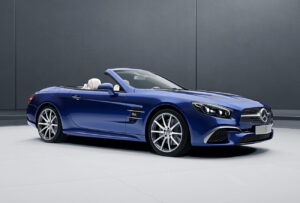The evolution of the Mercedes-Benz badge
Oct 2020
THE HISTORY OF THE MERCEDES BRAND
THE HISTORY OF MERCEDES-BENZ
THE MERCEDES-BENZ LOGO EVOLUTION
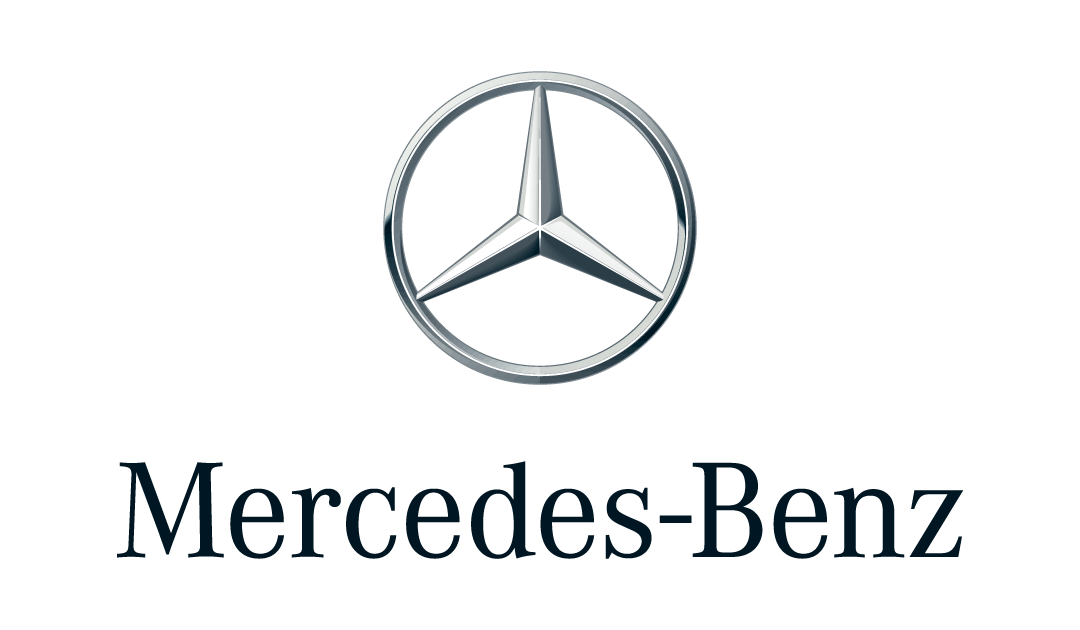
The evolution of the Mercedes-Benz badge
The best or nothing
1902
Gottlieb Daimler originally founded Daimler-Motoren-Gesellschaft (DMG) in 1890, while Carl Benz began Benz & Cie in 1883. DMG proceeded to successfully register the Mercedes trademark in 1902. Their logo simply featured the “Mercedes” name, both stylish and refined. The letters were irregular in height with a black background and grey font.
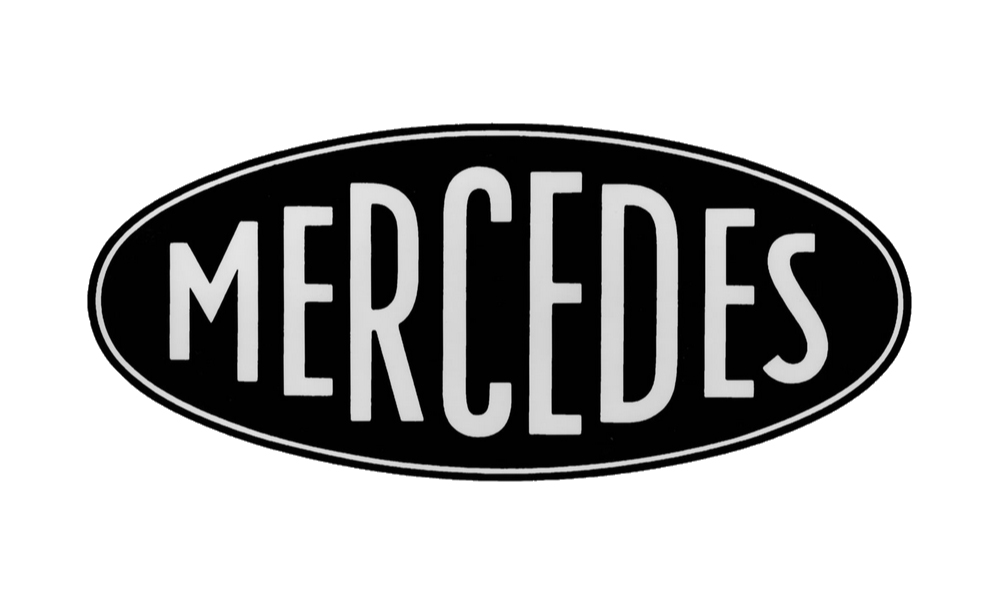
1909
The Mercedes brand was still missing a distinctive trademark. Gottlieb Daimler’s sons, Paul and Adolf, recalled that he previously used a three-pointed star on a postcard to his wife marking the location of his German home. This birthed the famous star logo. From 1910 the three-dimensional star started adorning the front radiators of all Mercedes vehicles.
At the same time, Benz & Cie trademarked a badge with a laurel wreath surrounding the word, Benz.
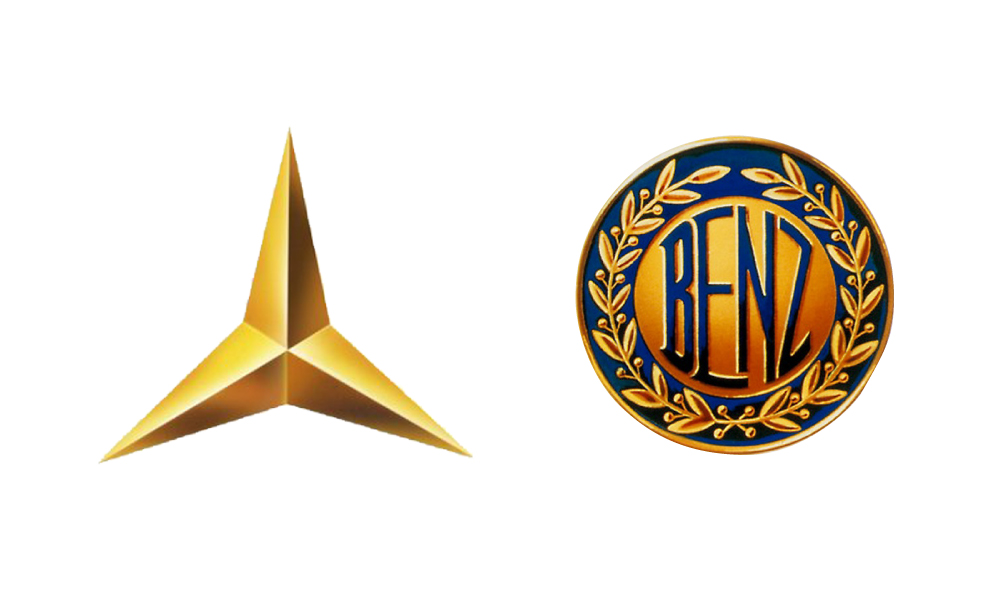
1916
In June 1926, Benz & Cie formally merged with DMG, founding Daimler-Benz AG (Aktiengesellschaft). The two existing logos were combined into a rondelle with the word “Mercedes” at the bottom. In the early years, the emblem was white, gold, blue, red completed with a yellow laurel wreath.
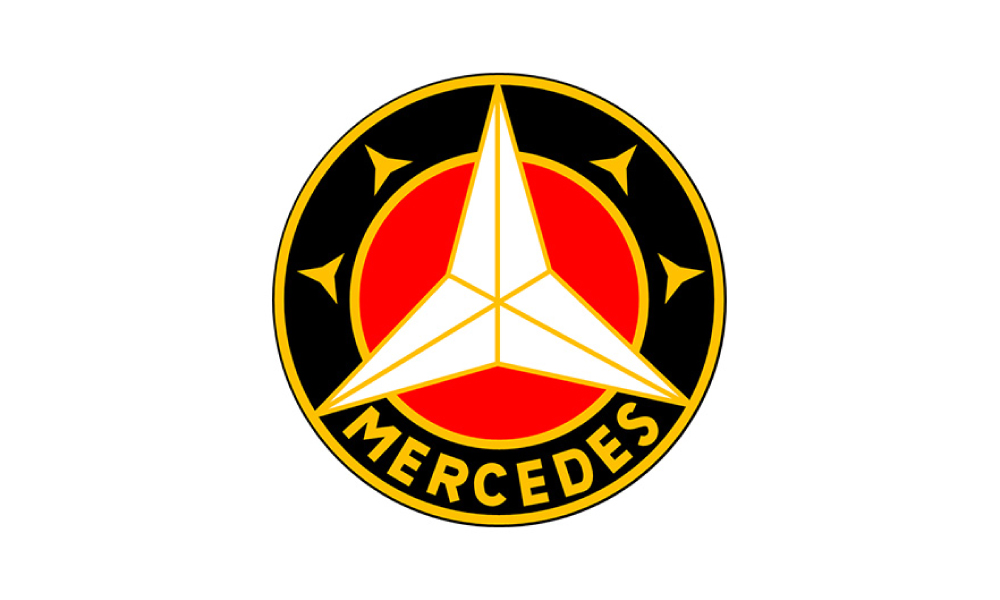
1926
The two companies’ history together was brought to the fore by displaying by both names on the badge. The fringing strip was employed with the laurel wreath, which symbolises honour and leadership. Each ray in the star has a white and grey side, shaping the three-dimensional effect.
Silver is characteristic of the brand and dates back to its involvement in the first Grand Prix in 1934. The legend goes that when one of the participating Mercedes cars exceeded the eligible weight of 750 kilograms in the pre-race checks, employees spent the night polishing off the white paint. This gave birth to the brand’s nickname, “silver arrow.”
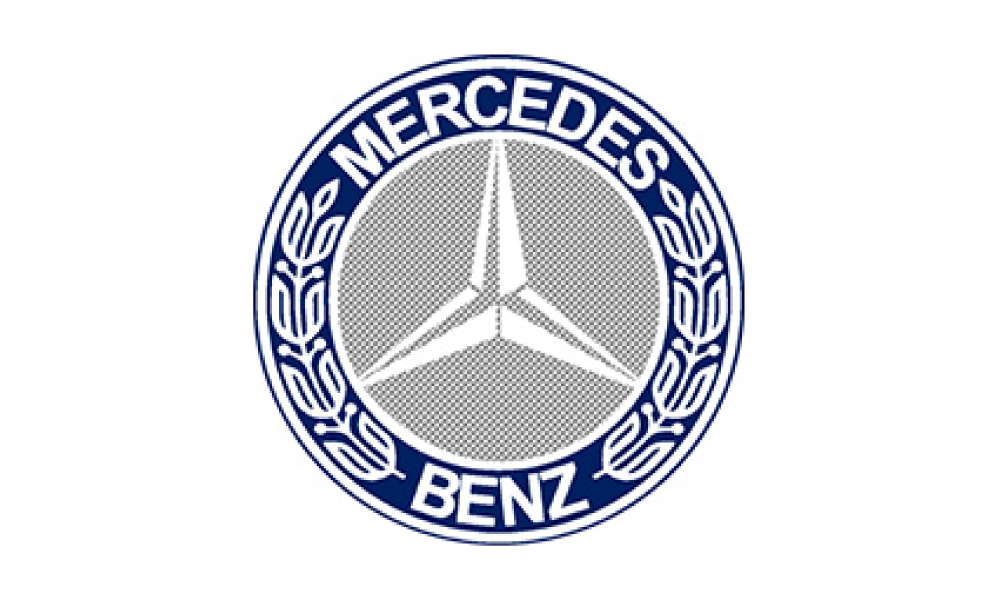
2009
The renowned three-dimensional design was replaced with a flatter one. Both the emblem and the wordmark were recreated in a plain gray colour.
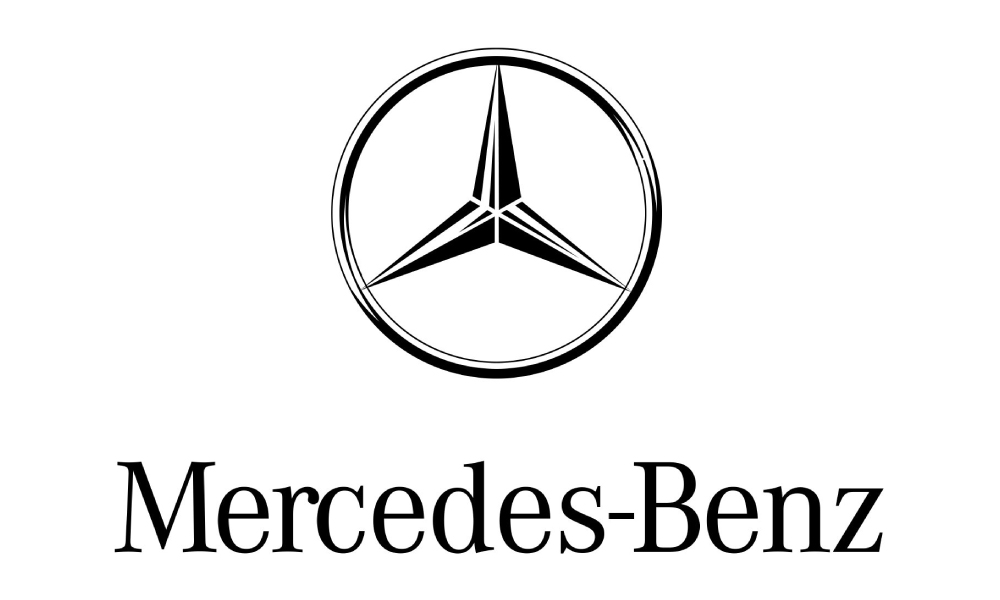
2011
The modern-day badge displays a thicker frame with a thinner wordmark of which the typeface denotes timeless elegance.
Apart from the protective significance of the three-point star, three is also considered to be a sacred number, symbolising perfection. DMG started off by producing engines for water, aviation and land transportation. Daimler aptly pointed out that the products of his initiative were conquering the three elements ‒ water, air and land.
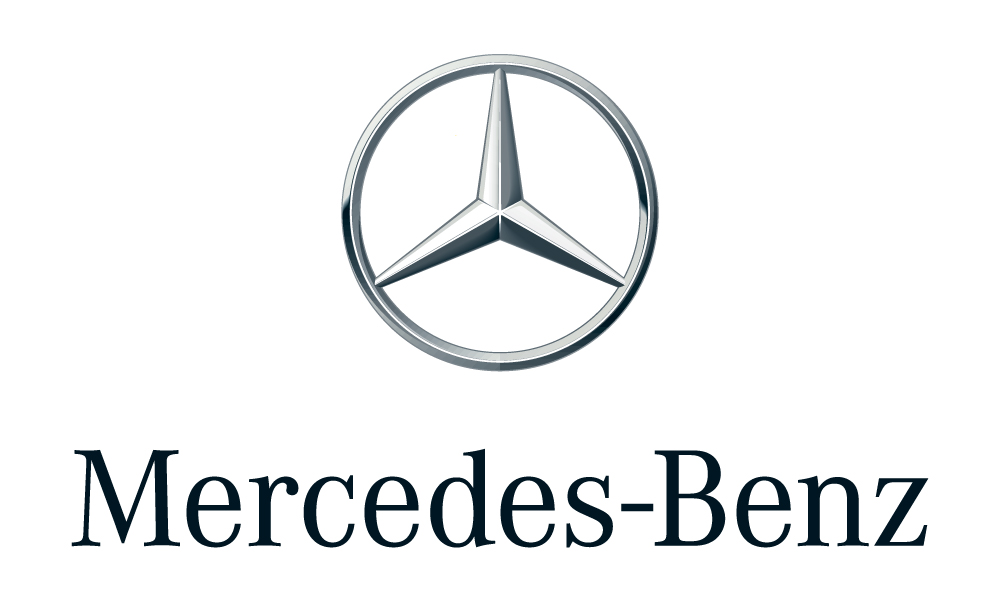
Mercedes is one of the world’s most coveted automotive brands with an impressive catalogue to match. Come visit Citton Cars and we will help you find your silver bullet.
